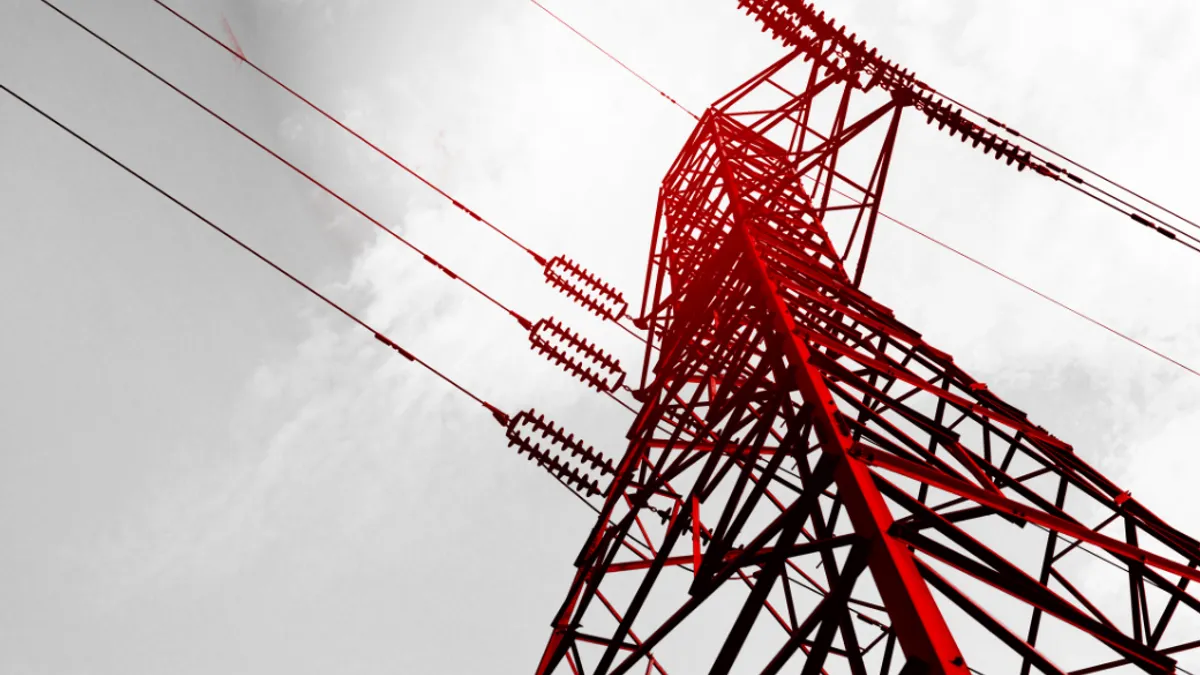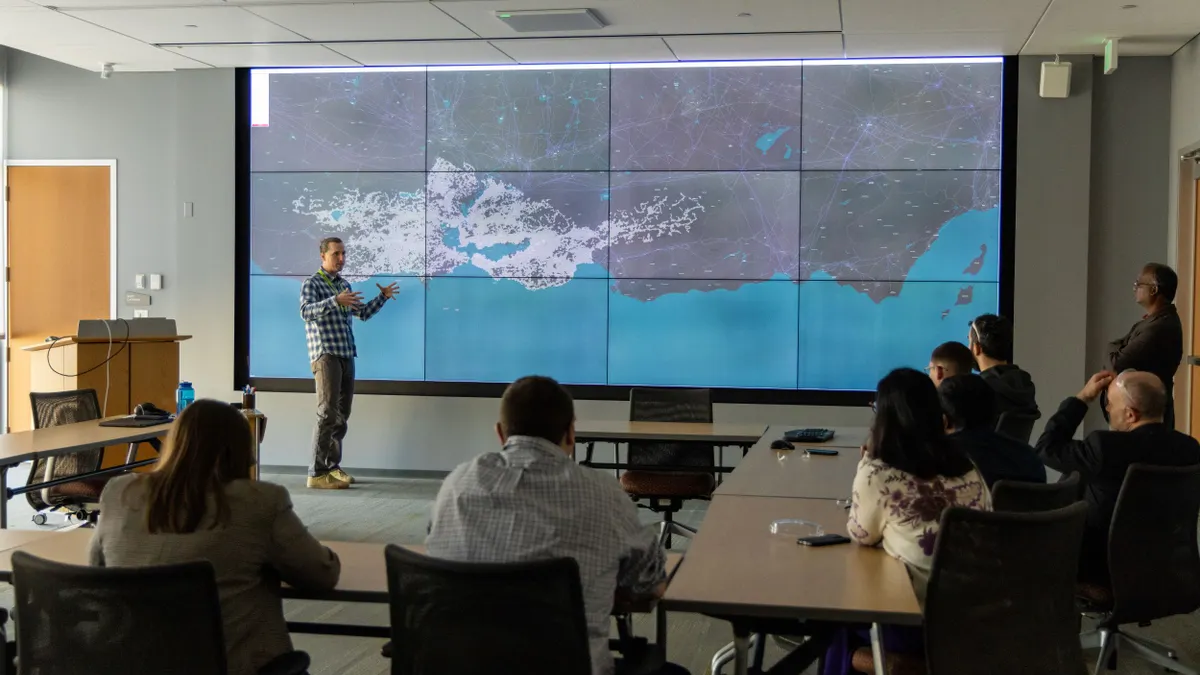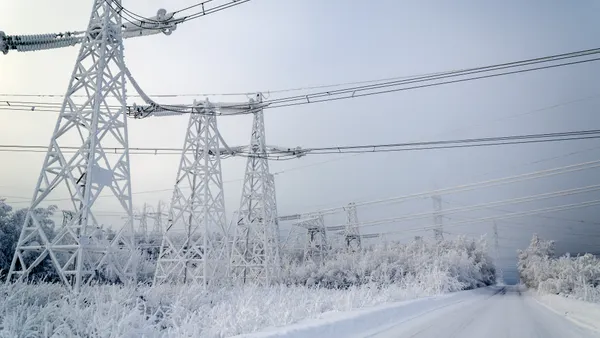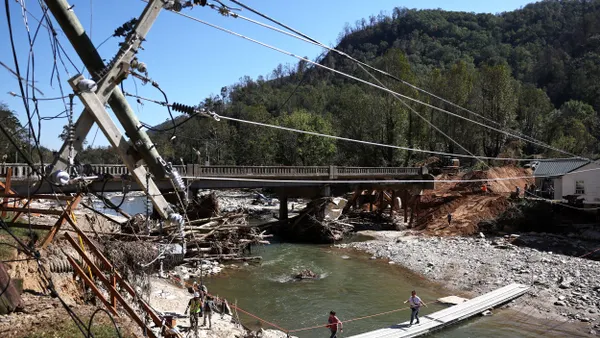In an increasingly electrified and interconnected world, the threat of electromagnetic pulse (EMP) has emerged as a serious concern for utilities, defense, and critical infrastructure operators. Whether caused by natural phenomena like solar storms or man-made events such as high-altitude nuclear detonations, EMPs have the potential to disrupt or destroy electronic systems that underpin modern society.
Electromagnetic pulses (EMPs) are bursts of electromagnetic radiation that can be caused by natural or man-made events. EMPs can cause damage to electronic devices, power grids, and communication networks. An EMP may seem like an unlikely occurrence, but the likelihood of an EMP is higher than many might think, and the catastrophic nature of these events make guarding against them critically important. EMP-hardened technology is gaining traction in the utility industry as concerns grow over both man-made and natural electromagnetic threats.
EMPs can come from a few different sources. The most extreme is a high-altitude electromagnetic pulse (HEMP) caused by a nuclear detonation above the atmosphere. This type of attack could threaten a large area and be very devastating to the grid. However, the more likely human-caused scenario is a localized EMP caused by a directed energy weapon or homemade device. This kind of attack can disrupt substations and control systems. But not all EMP events are human-caused. Solar flares, lightning strikes and even earthquakes can cause EMP events. As the world’s weather becomes more extreme, utilities need to prepare to handle these scenarios.
Utility substation control buildings house important equipment that the grid depends on for the reliable and efficient transmission of energy. As such, they need extra protection from EMP events. This protection needs to be expertly designed, manufactured and installed to provide the necessary reliability for utility-grade control buildings.
The Electric Power Research Institute (EPRI) has conducted extensive studies on EMP impacts and mitigation. Key findings include EMP events are unlikely to cause nationwide grid failure if proper mitigations are in place and large transformers show minimal damage when shielded. Pilot programs are actively testing EMP protection at substations across the country
Mitigation Strategies: Engineering Resilience
To counter EMP threats, the utility industry is increasingly adopting EMP-hardened technologies and resilience strategies. These include the use of Faraday cages, EMI/RFI shielding materials, and fiber optics to protect sensitive electronics. Shielding of all building penetrations, HVAC systems, doors, cable trays, and conductors is essential to divert harmful currents safely.
Utilities should also consider equipping substations with extended backup power and autonomous restart capabilities to support grid restoration post-EMP. SCADA systems, vital for remote monitoring and control, require EMP-resilient designs and backup power systems. Adding EMP shielding to control buildings inherently protects the SCADA equipment housed within.
Looking Ahead: Building a Resilient Future
EMP resilience is no longer a theoretical exercise, it is a strategic imperative. As potential threats evolve, so must our infrastructure. The utility industry’s shift toward engineered building solutions that integrate shielding, redundancy, and preparedness reflects a broader commitment to safeguarding critical systems and ensuring continuity in the face of electromagnetic disruption.
By investing in EMP-hardened technologies and collaborating across sectors, we can build a future where infrastructure is not only smart but secure.










